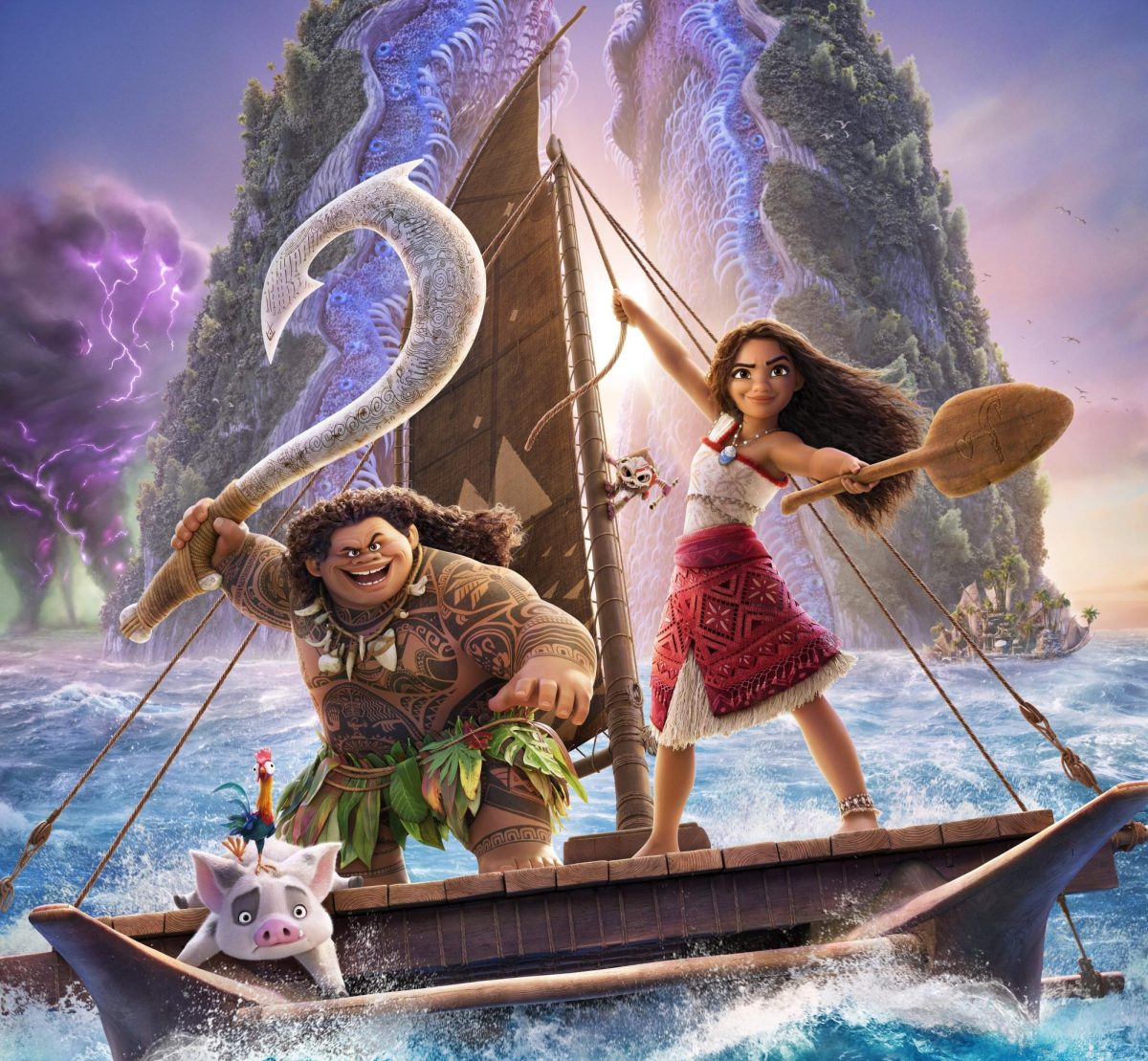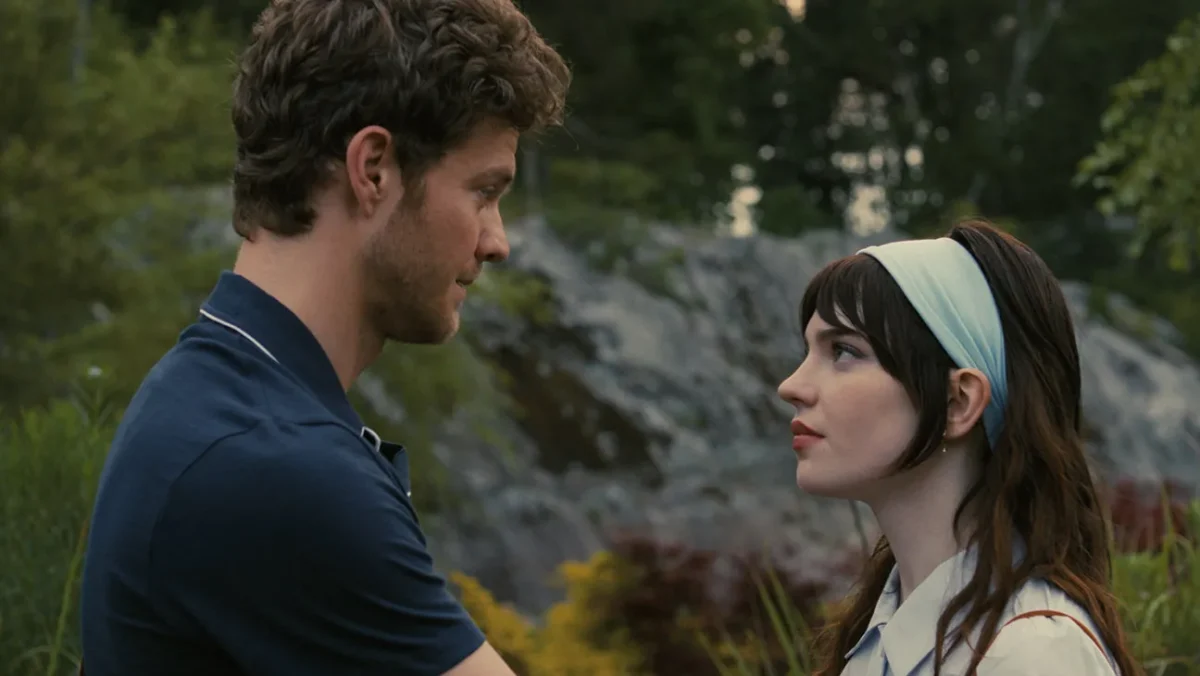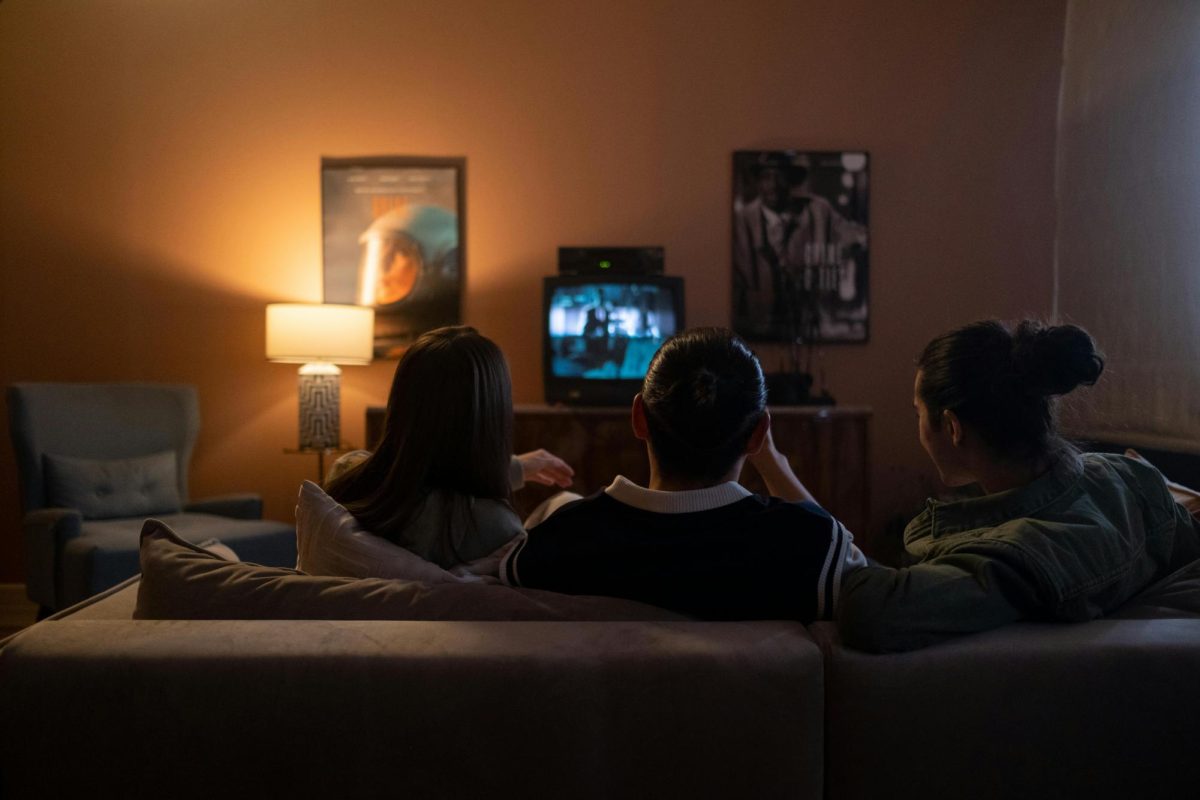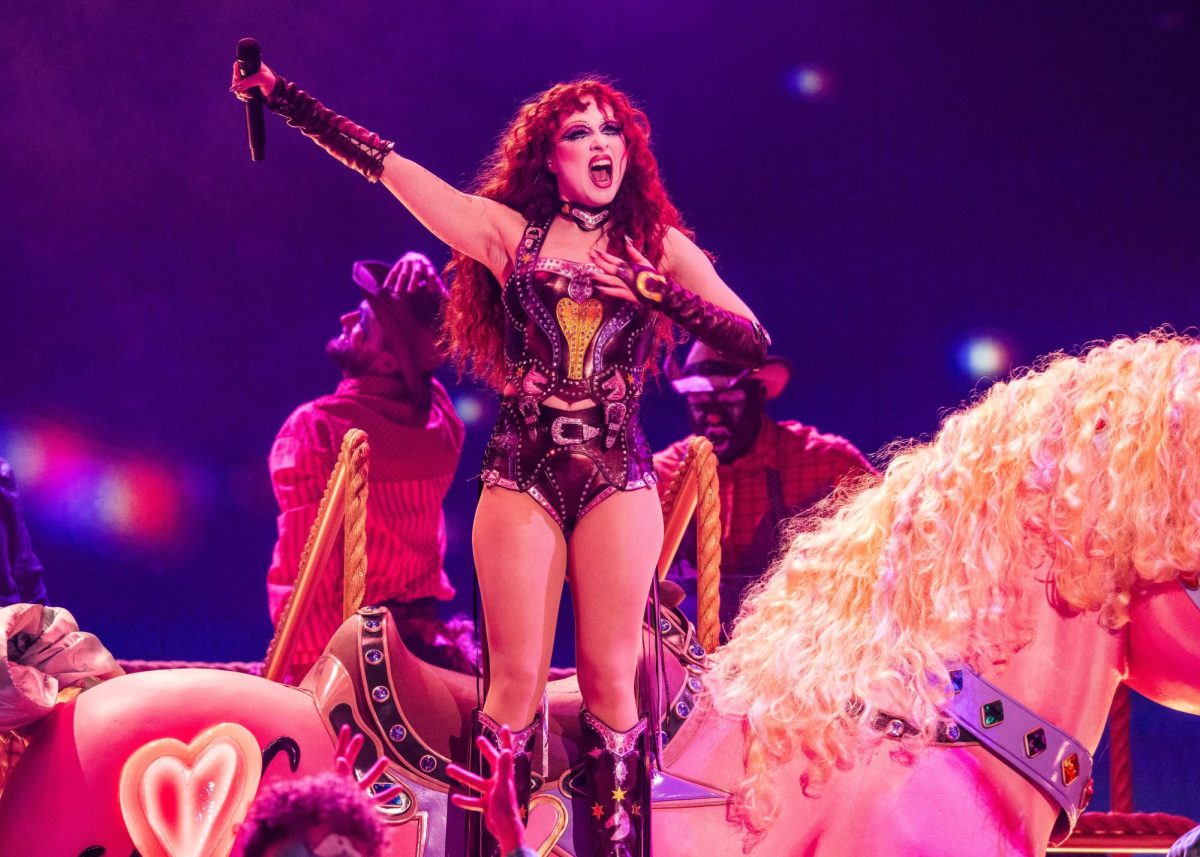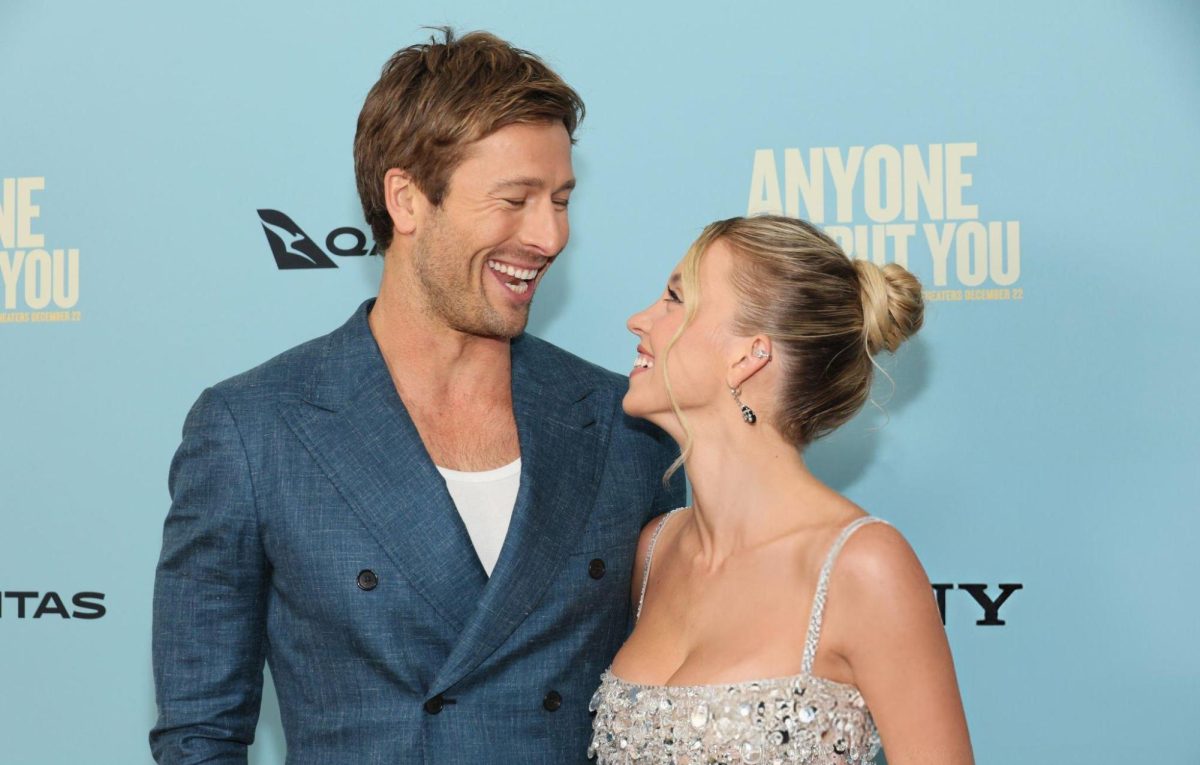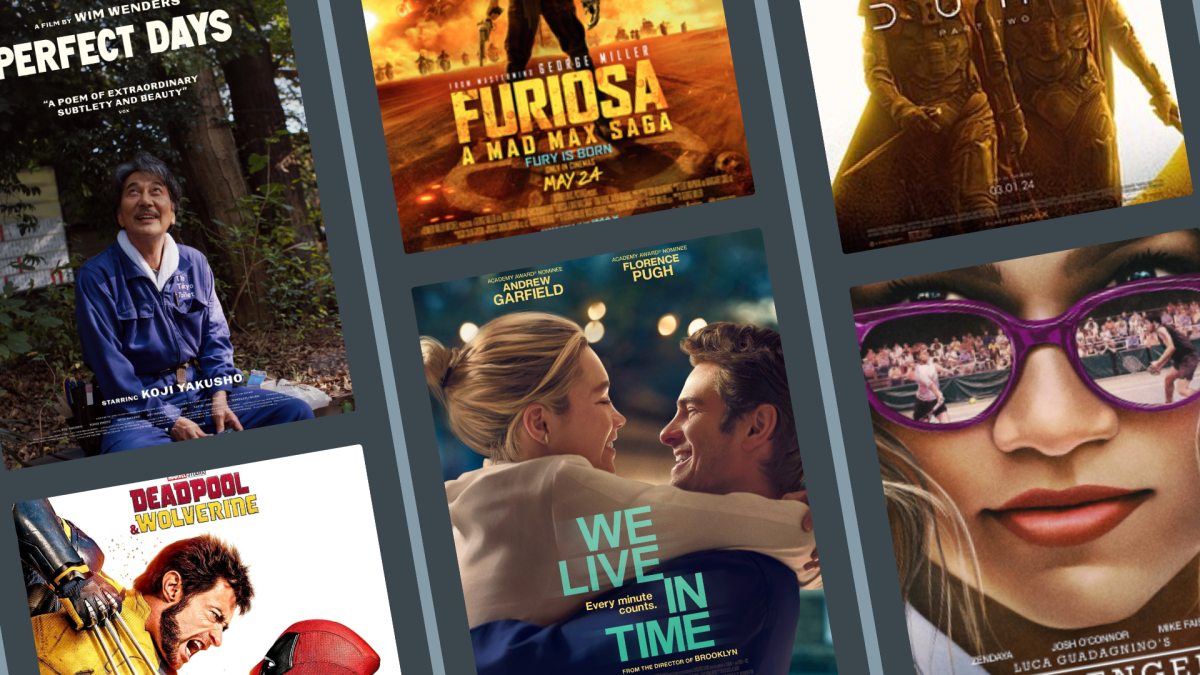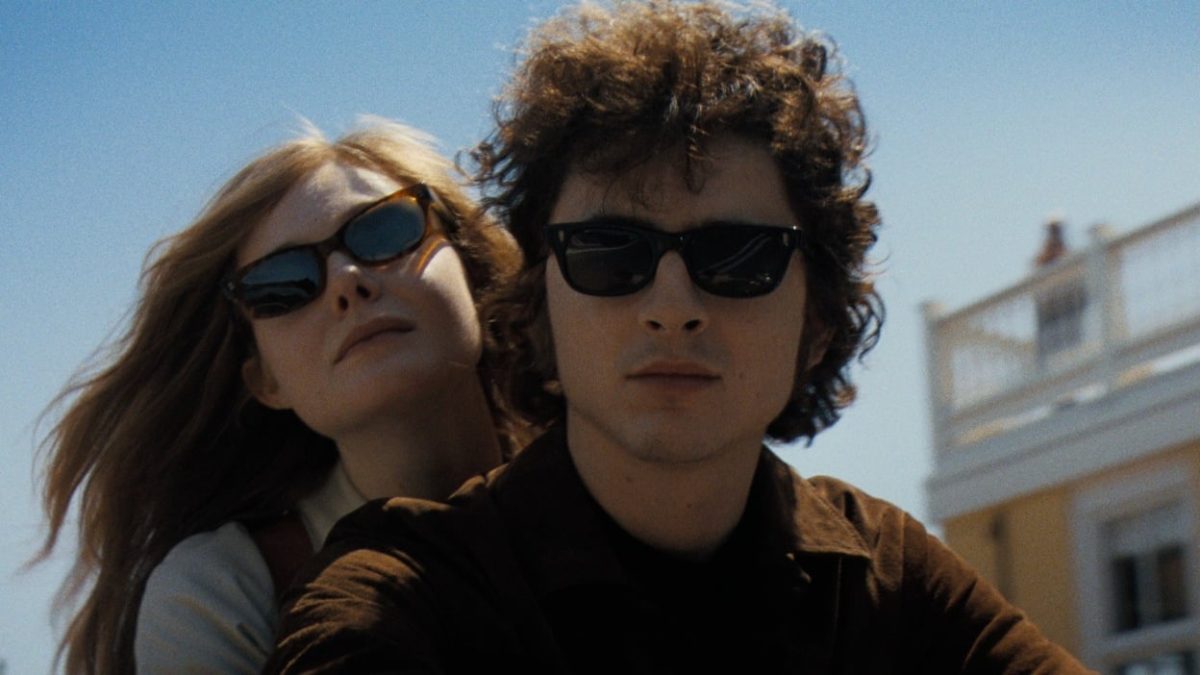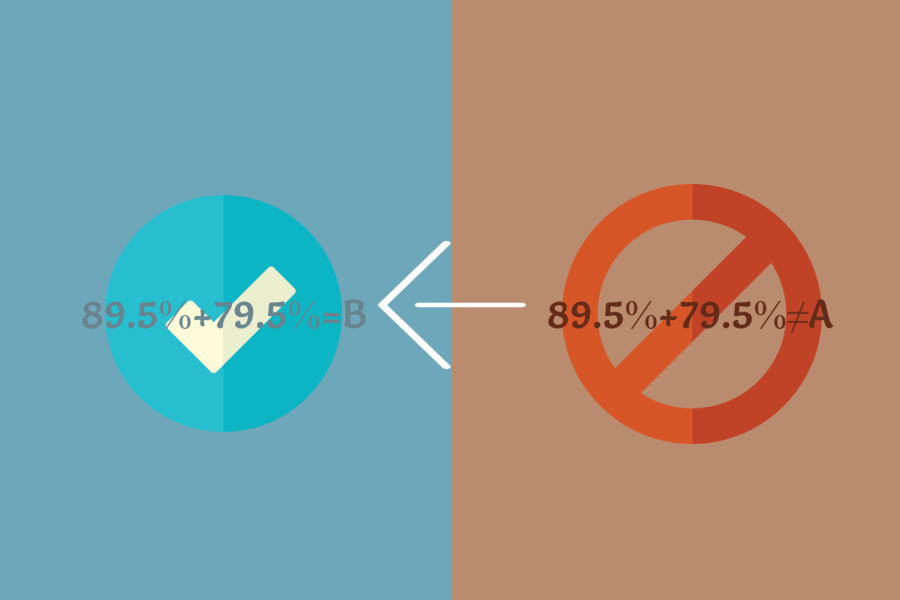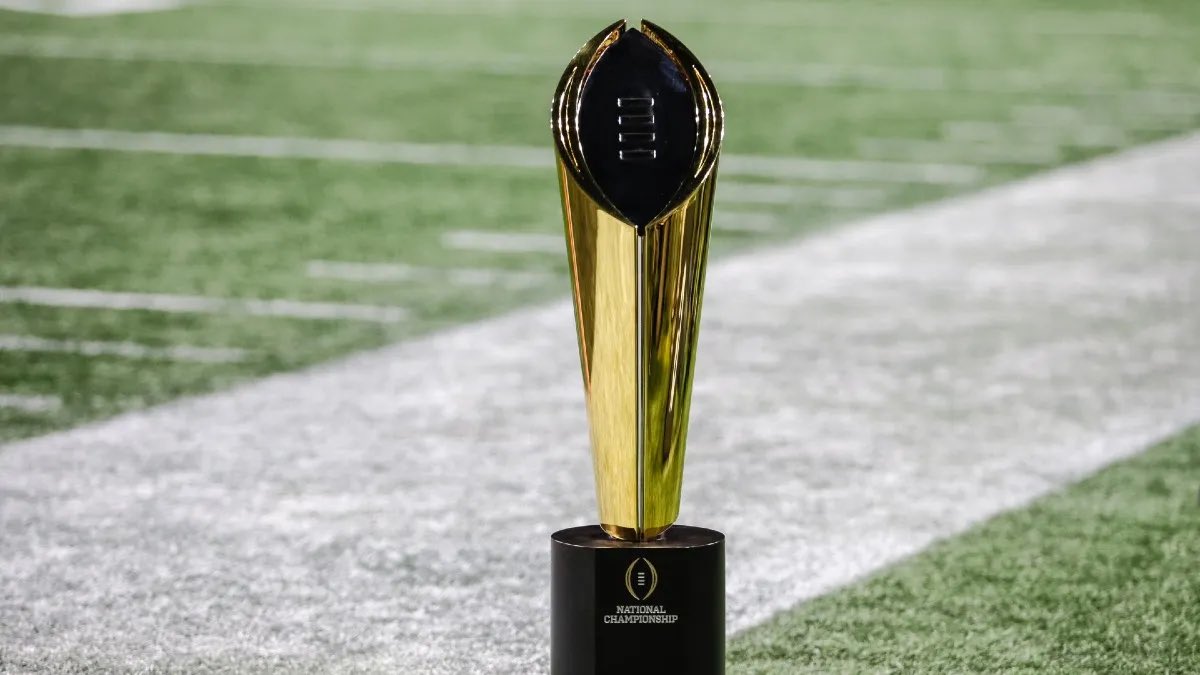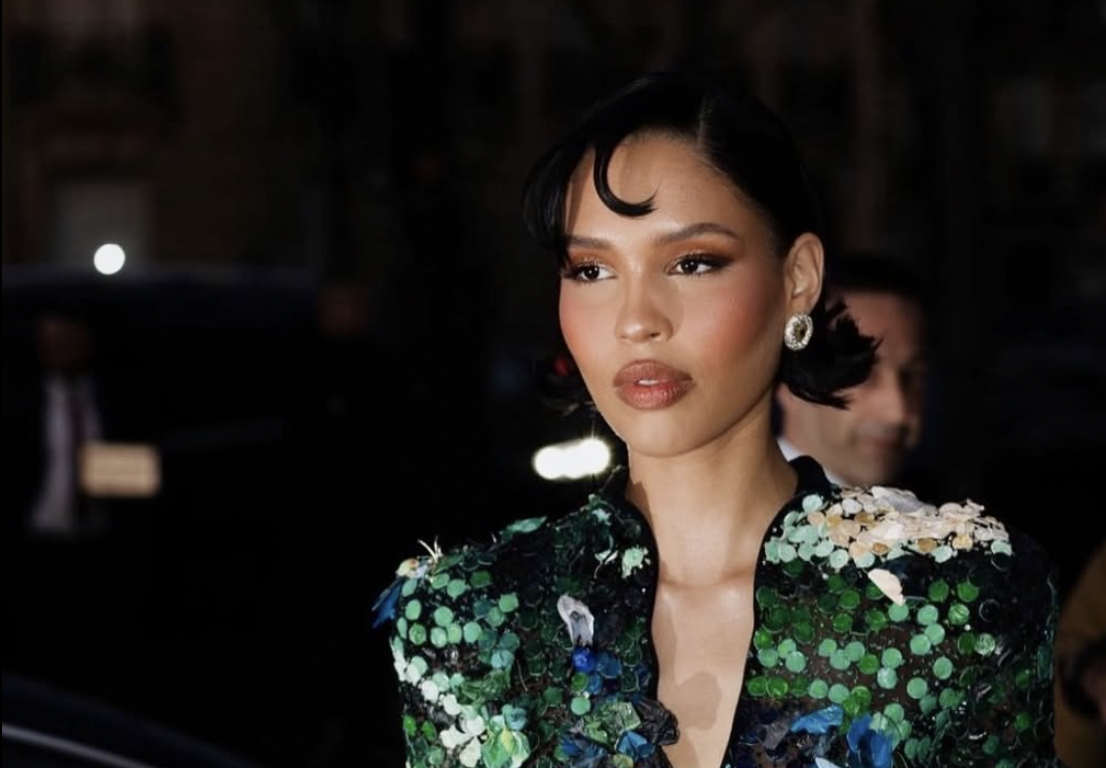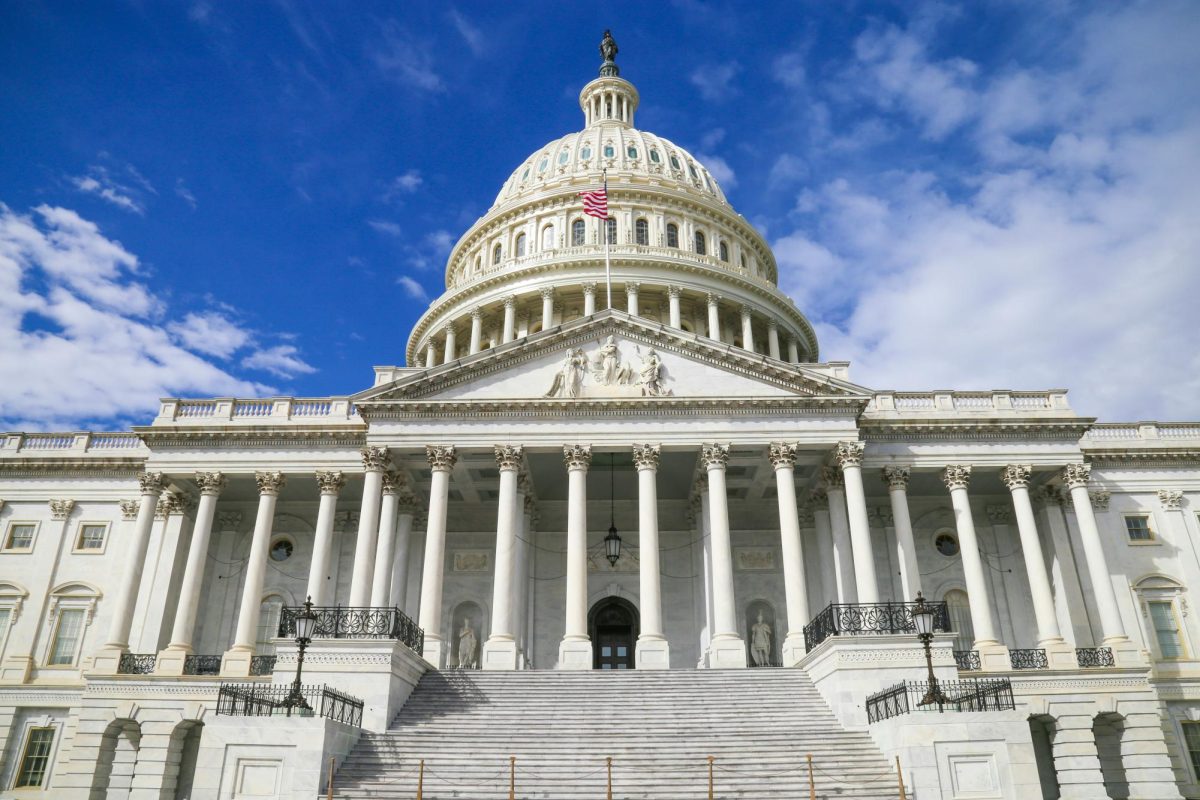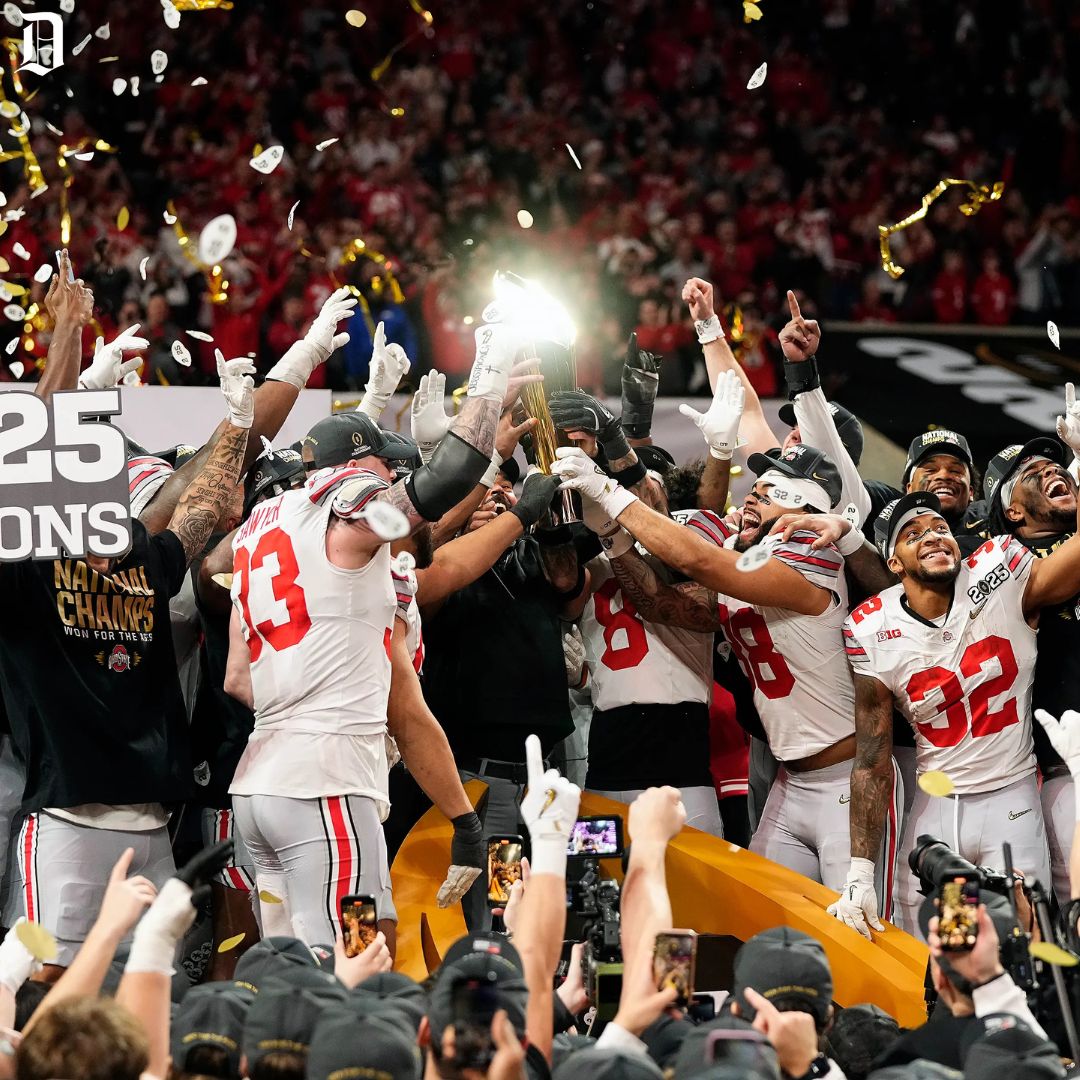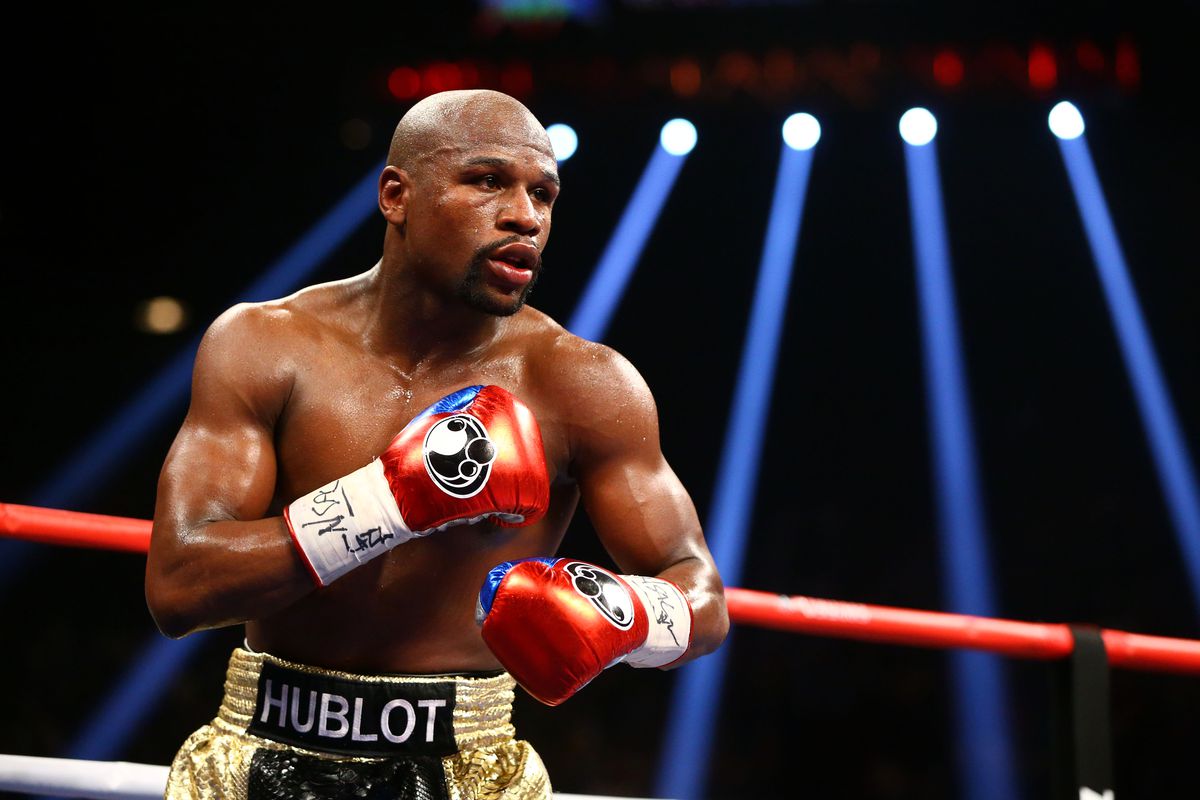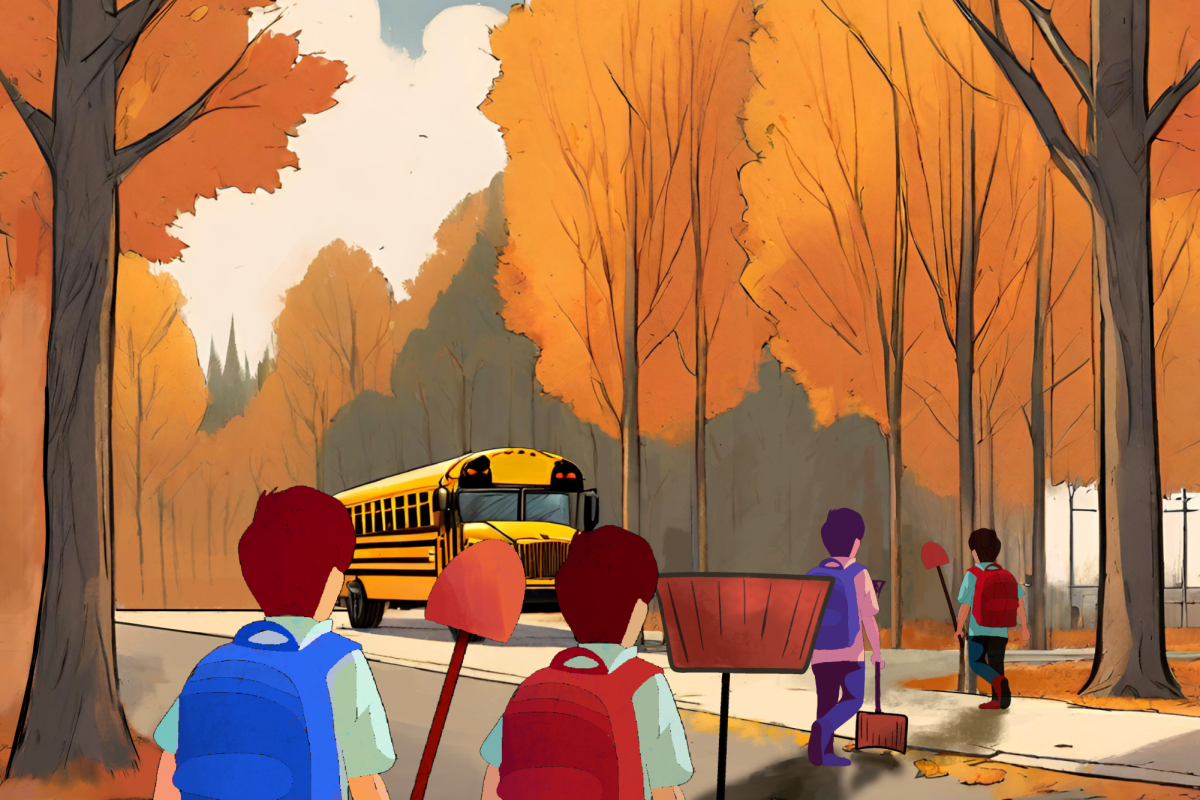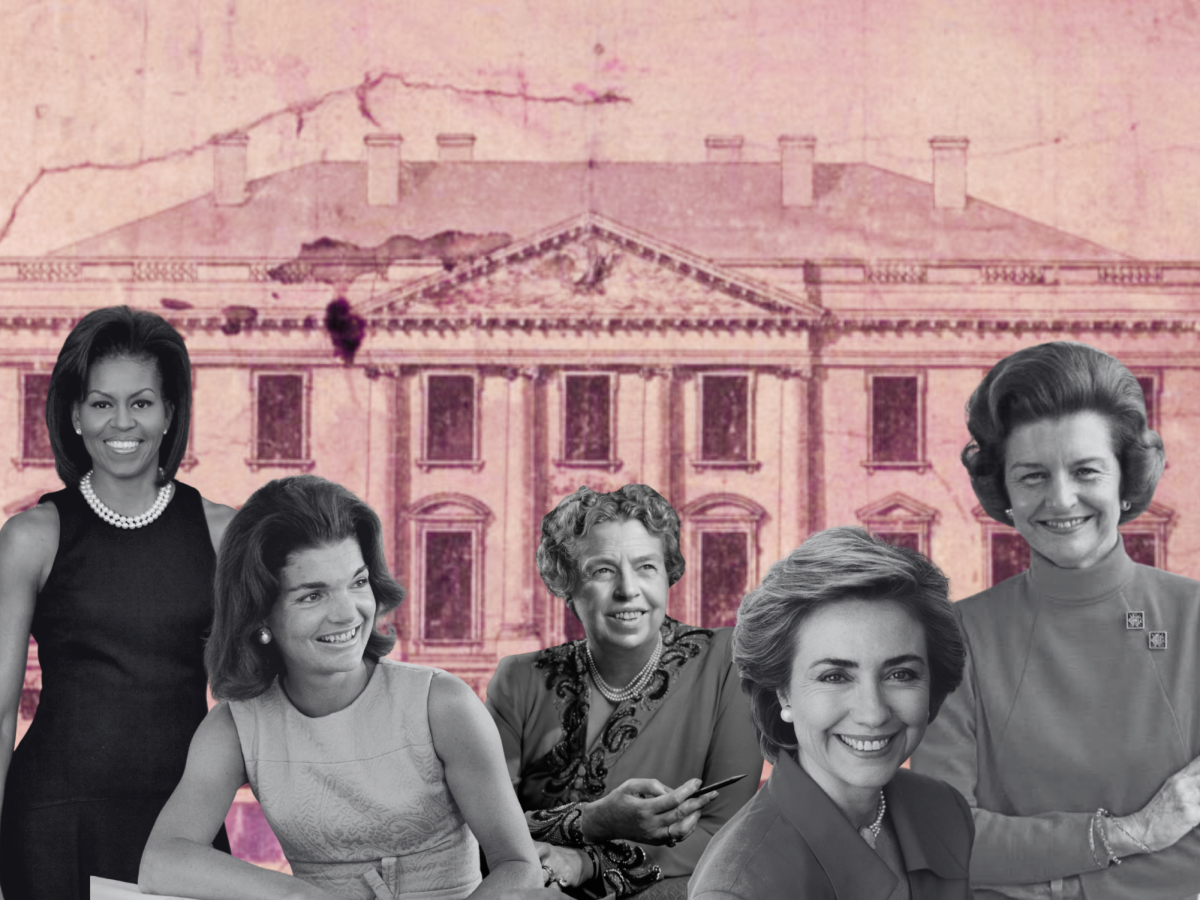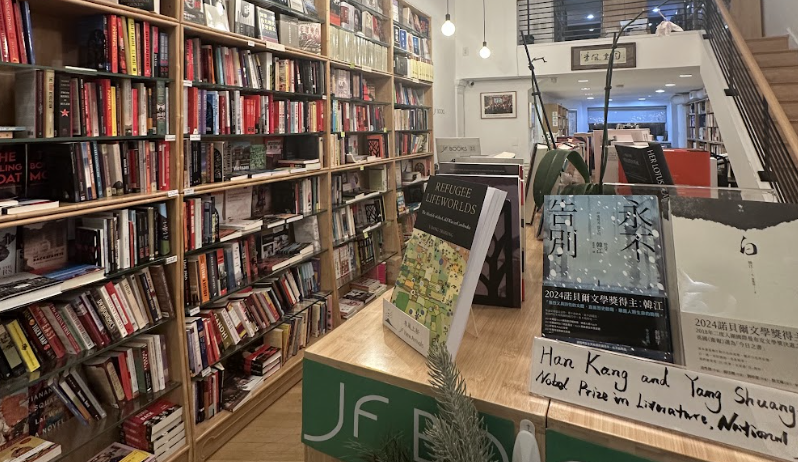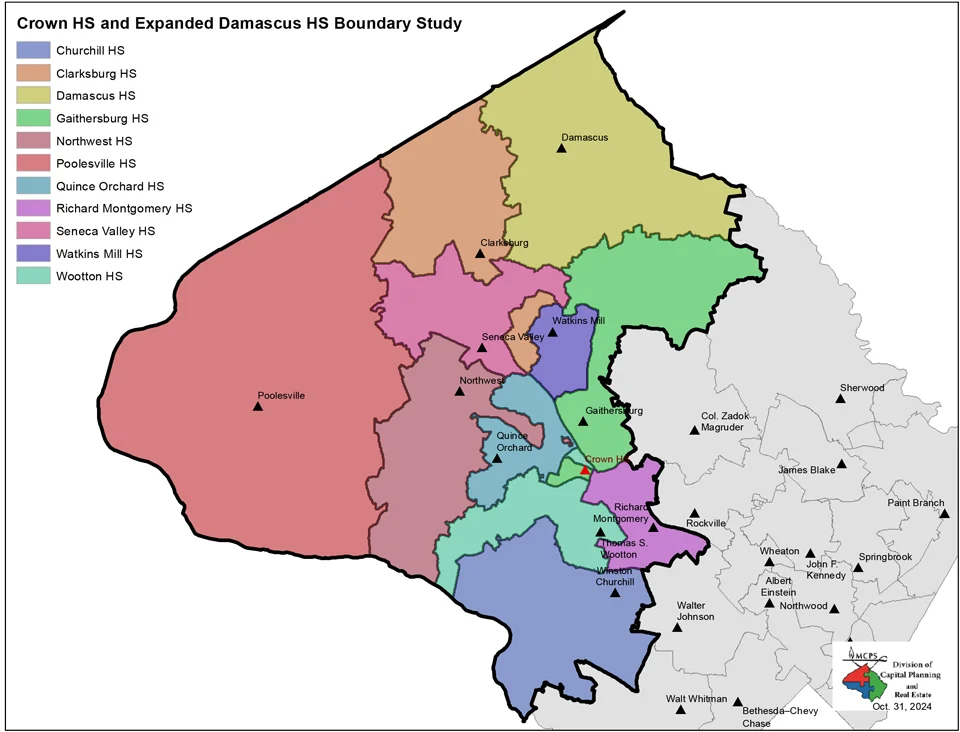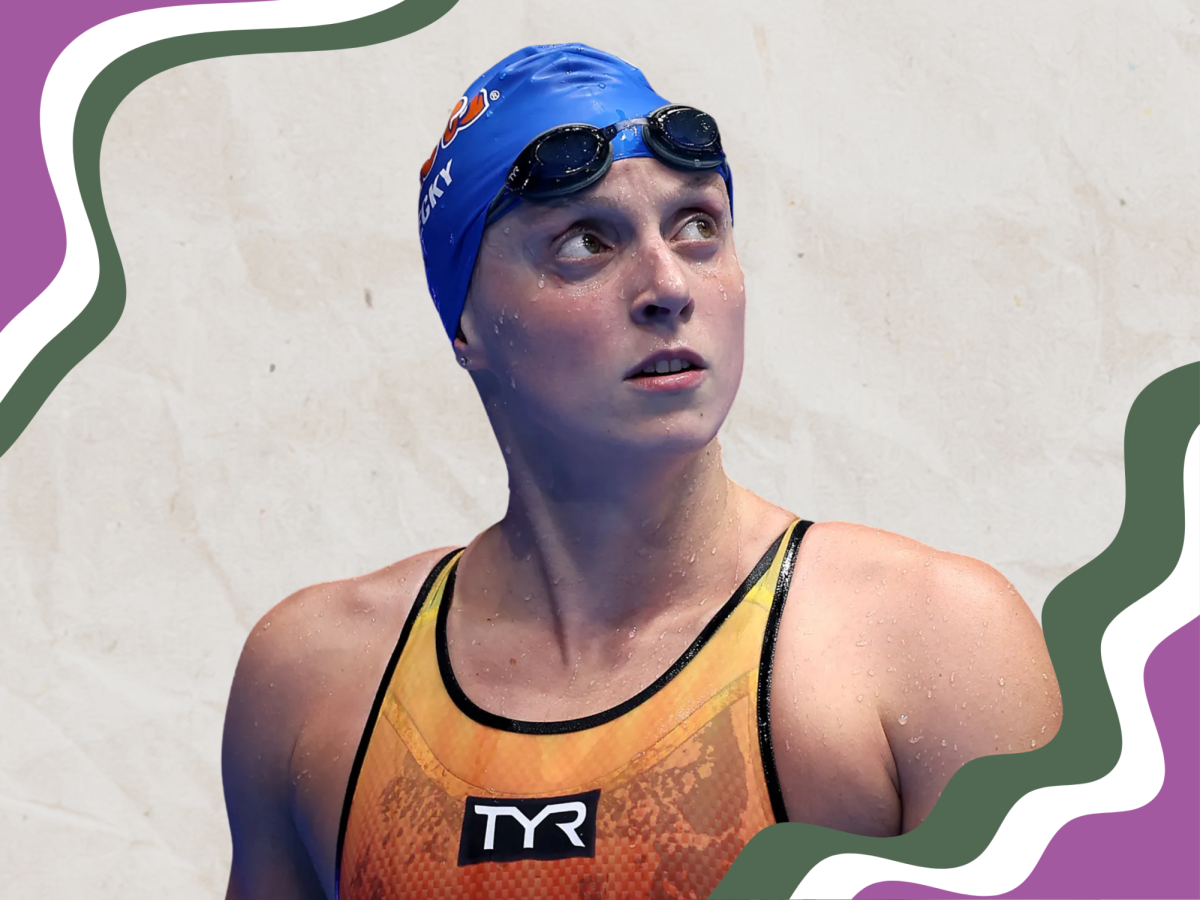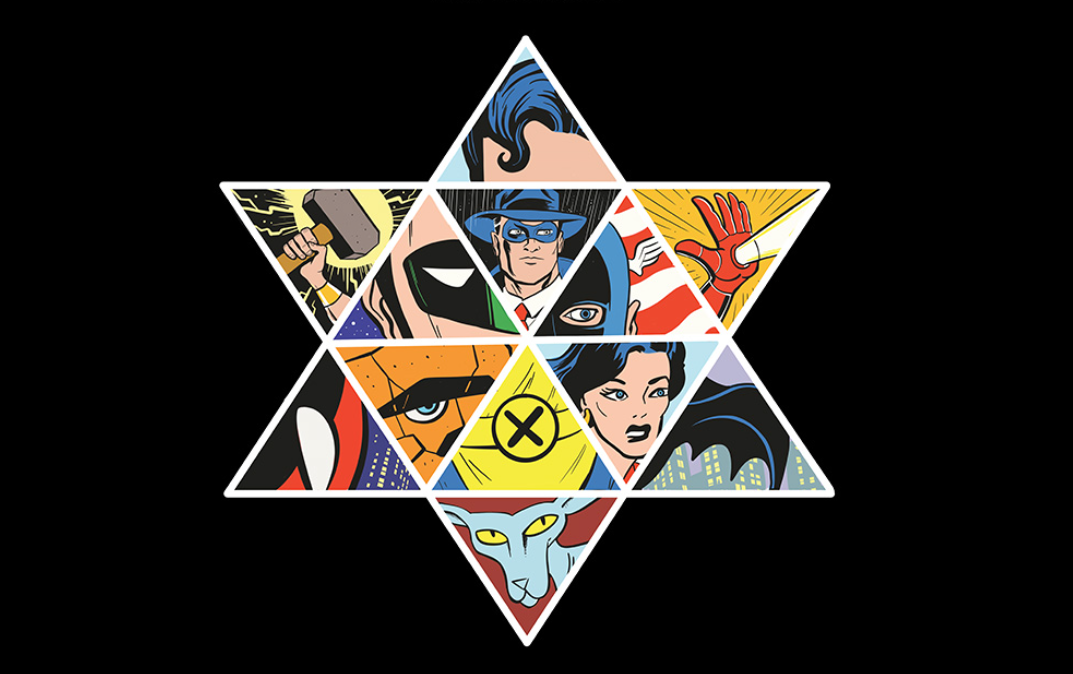In recent years, countless movies have proven that even productions targeted at younger audiences can have a well-told story that mature viewers can enjoy. “Show, don’t tell” is still an important, familiar Hollywood saying that encourages intricate, layered storytelling. Unfortunately, “Moana 2’s” worldbuilding is little more than spoon-feeding.
In the opening scenes, audiences see the characters on screens for the first time since 2016, but the thrill soon subsides. Moana, alongside Pua and Hei Hei, voyages to strange lands in search of evidence of another civilization. The movie’s sounds and visuals paint a familiar picture as the group scrambles around, searching for people beyond their home island of Motunui. Hei Hei then finds a relic with writing foreign to Moana, heavy-handedly implying to viewers that humanity lies elsewhere. Thus, the stage is set for the adventure and exploration to come.
An underwhelming musical number initiates the cast’s return to Motunui, which serves as a general representation of the film’s disappointing soundtrack. Compared to the numerous songs from the original 2016 film that reached over 500,000 streams on Spotify, nothing on the “Moana 2” soundtrack is as memorable.
The surface-level writing is equally thin. An early exchange between characters that repeated the words “little sis” and “big sis” twice ensured the audience that Moana does, indeed, have a younger sister. Audiences usually critique this kind of lazy and unnatural dialogue, but Disney expects them to ignore it in “Moana 2” because the movie is meant “for kids.”
Across generations, the film’s poor writing diminished the characterization the first movie took such care to create. Maui had an impressive character arc in the first film, battling ideas of betrayal and redemption, but in the second installment, the writers paint him as just a one-dimensional demi-god. Dwyane Johnson was able to transform successfully into Maui, but the film’s writers did not develop his character fully. The only nuance in characterization was that of the Kakamora, the coconut tribe, and Matangi, a shape-shifter introduced in the second film. In both cases, the writers flipped the audiences’ expectations about the characters but then abandoned any further character development efforts. Matangi devolved from what could have been a dynamic character to a vessel simply present to assist Moana and her crew.
“Moana 2” spends too much time recapping the events since the 2016 film as well, cutting into time for the sequel’s actual plot to develop. It was a race to the finish, and scene after scene felt inconsequential, repeatedly taking a step back from the powerful moments in “Moana.” The first film’s characters faced high stakes and focused on mature themes such as death and abandonment, but this new film lacked any such serious conflict.
The poor storytelling might result from the fact that “Moana 2” was never meant to be a movie but a mini-series released on Disney Plus. The film’s directors said they switched to a feature-length movie after developing the “overarching story and emotional journey” the characters would take. Turning a series into a movie requires filmmakers to trim a large portion of content, and some quality might have also been lost in the cut. Directors David G. Derrick Jr., Jason Hand and Dana Ledoux Miller might have planned further exploration of Matangi’s character in the TV series, but instead decided to focus more on Moana in the film’s 100-minute runtime.
None of the film’s flaws may be enough to keep audiences home. Disney continues to be rewarded for their subpar storytelling. “Moana 2” achieved the highest gross ever for a film released on Thanksgiving weekend. It earned over $200 million, shattering the previous record of $93 million set by Disney’s 2013 film “Frozen.” Disney is capable of so much more — the film’s budget was $150 million, and Disney has a century-long history of releasing captivating movies — but it will stick to producing mediocre content if underwhelming films continue turning a profit like “Moana 2.”
Despite the film’s several pitfalls, it still had some positive qualities. The high budget allowed for impressive animation, full of vibrant colors and smooth movement. “Moana 2’s” animators maintained Disney’s typical 3D animation, which, while not a glaring flaw, doesn’t allow the film’s animators the same artistic expression possible with hyper-stylized animation like in both “Spider-Verse” films. Disney’s animation was effective in “Moana 2,” but it will become stale as more companies shift to stylized movies.
Based on the film’s conclusion — or a lack thereof — it is clear they plan to turn “Moana” into a franchise, but Disney fans shouldn’t get their hopes up if the upcoming movies hold the same merit as “Moana 2.”
The Oscars ideally wouldn’t recognize such a mediocre film, but history indicates an awards run is still possible for “Moana 2.” Since the award’s inception, the academy has nominated 13 of Disney’s 25 animated films for “Best Animated Feature,” but only time will tell if the many films from this competitive year of animation will take “Moana 2’s” spot instead.
Animation shined in 2024, and “Moana 2” should not be praised over its competition. Films like “The Wild Robot” and “Look Back” both captured vast audiences and placed among the highest-rated films ever on Letterboxd. Further, audiences on IMDB rate “Arcane,” an animated show that just released its final season, as one of the 25 best shows ever produced. In comparison to these achievements in cinema and television respectively, “Moana 2” is motionless.



